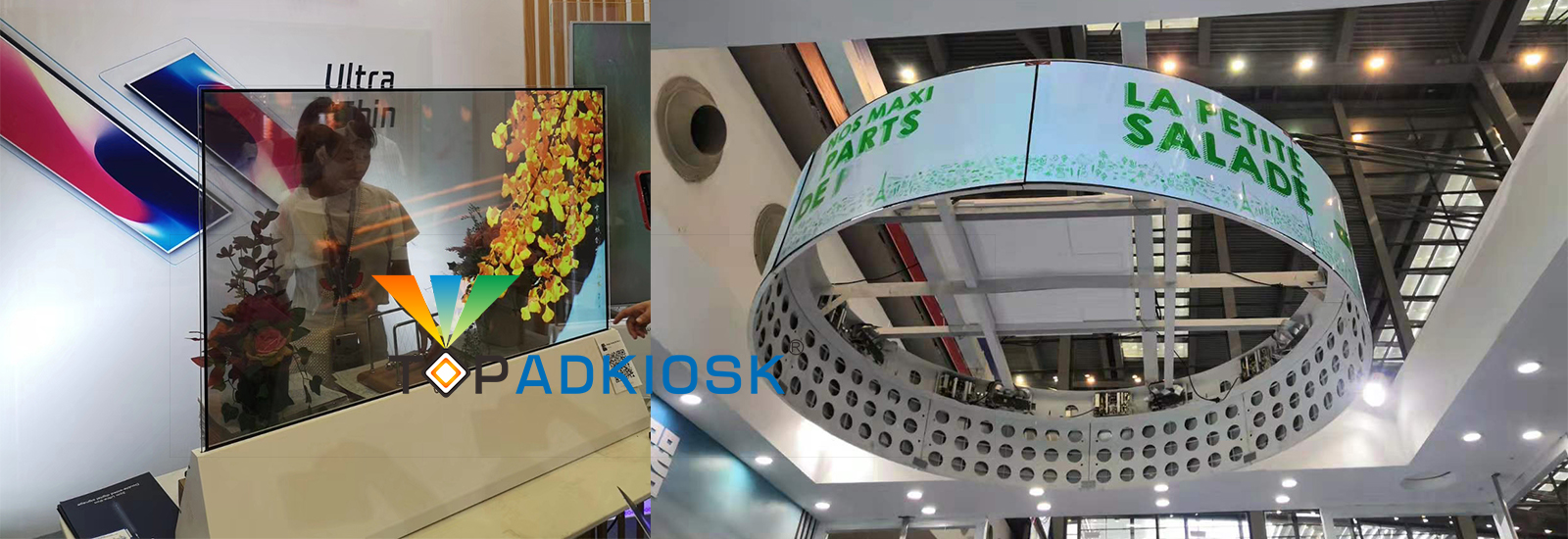新闻资讯
联系我们
OLED LCD QLED DIFFERENCE
Announcer:深圳市诚易视科技有限公司 发布时间:2020-07-14 查看:3323
Liquid chrystals, organic Led or quantum dots: the evolution of screens technology defines the quality, and also the life of the current digital signage solutions. In this article we will look at their meaning, characteristics and benefits.
LCD, LED, OLED, and QLED are the key technologies of digital signage solutions. They not only allow the creation of ultra flat screens of any shape and size, but guarantee a very high quality image resolution both indoor and outdoor.
Here is a brief guide on characteristics and differences.
What is LCD technology.
LCD, acronym of Liquid Cristal Display, is a technology that uses the optical properties of special organic substances (i.e. a carbon based compound). This compound allows the reduction of the display surface. The fluid is inserted between two glass surfaces coated with thin film transistors (TFT) that activate an electric field. Each transistor controls a small area of the panel, identifiable as a pixel (or a subpixel in colour screens). LCD screens can be used in two different modes. In the first mode, called transmissive, the display is lit on one side and viewed on the opposite side.
In this case light is positioned behind the screen and goes through the liquid crystals that act as a filter, allowing only the desired colour to get through. Although it uses more energy, this type of screen is brighter, and offers better viewing in dim light, while it becomes less clear in bright light (this is ideal for indoor use). The second mode, called reflective, uses less energy since it takes advantage of the light present in the environment, reflected by a mirror behind the screen. Contrast is thus lower in comparison with transmissive LCD, since the light has to go through the filter twice. The size of a LCD screen can vary from a few dozen millimetres to over 100 inches. The screens have an average life span of 50.000 hours.
What is LED technology
LED (Light Emitting Diode) technology consists of a series of semiconductor diodes that emit luminous radiation when electric

LCD, LED, OLED, and QLED are the key technologies of digital signage solutions. They not only allow the creation of ultra flat screens of any shape and size, but guarantee a very high quality image resolution both indoor and outdoor.
Here is a brief guide on characteristics and differences.
What is LCD technology.
LCD, acronym of Liquid Cristal Display, is a technology that uses the optical properties of special organic substances (i.e. a carbon based compound). This compound allows the reduction of the display surface. The fluid is inserted between two glass surfaces coated with thin film transistors (TFT) that activate an electric field. Each transistor controls a small area of the panel, identifiable as a pixel (or a subpixel in colour screens). LCD screens can be used in two different modes. In the first mode, called transmissive, the display is lit on one side and viewed on the opposite side.
In this case light is positioned behind the screen and goes through the liquid crystals that act as a filter, allowing only the desired colour to get through. Although it uses more energy, this type of screen is brighter, and offers better viewing in dim light, while it becomes less clear in bright light (this is ideal for indoor use). The second mode, called reflective, uses less energy since it takes advantage of the light present in the environment, reflected by a mirror behind the screen. Contrast is thus lower in comparison with transmissive LCD, since the light has to go through the filter twice. The size of a LCD screen can vary from a few dozen millimetres to over 100 inches. The screens have an average life span of 50.000 hours.
What is LED technology
LED (Light Emitting Diode) technology consists of a series of semiconductor diodes that emit luminous radiation when electric

上一个:Samsung, LG Extending LCD Production amid Panel Price Hike 2021/06/03
下一个:新兴亚洲国家光伏平均需求年均增长28% 2017/07/24
下一个:新兴亚洲国家光伏平均需求年均增长28% 2017/07/24
- 产品展示
- LCD数字标牌
- 户外液晶广告机
- 触摸一体机
- 自助终端机
- 液晶拼接墙以及拼接处...
- 液晶显示器
- 安卓 WINDOWS平板电脑
- 教学一体机
- 平板电脑支架
- 3D LED HOLOGRAM FAN
- 透明液晶屏
- Safe Temp. Kiosk The...
- 超薄双面广告机
- 条形屏
- OLED DISPLAY
- 3D全息广告机
- Spare parts & Comput...
- 视频贺卡
- LED SCREEN
- 联系我们
-
深圳市诚易视科技有限公司
Shenzhen TopAdkiosk Display Technology Co., Ltd
手机:86-13825769658
邮箱:marketing@topadkiosk.com ; topadkiosk@hotmail.com
Skype: pghenry1 QQ: 397576523
WhatsApp: 86-13825769658
English Web.: www.topkioskdisplay.com www.topadkiosk.com
地址:深圳市光明区凤凰街道东坑社区长丰工业园第10栋202 518132






